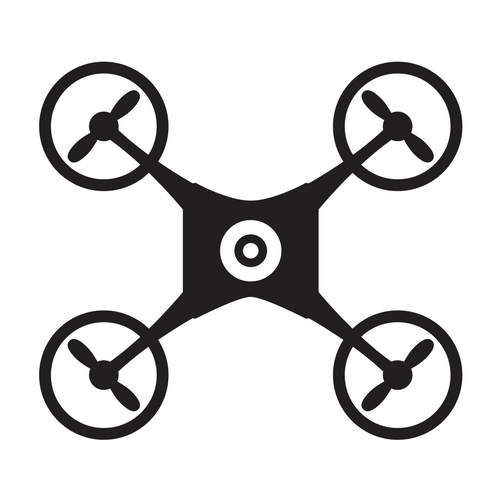As you can read in our previous post, our project is to work with our project partner Blue Ridge Prism to use drone technology to better detect invasive plant species. Originally we decided to focus on Ailanthus Altissima (Tree of Heaven) because it represented our problem so well. Aside from having no natural deterrents, allowing it to grow quickly and destructively, Tree of Heaven is able to reproduce through a network of roots. It then produces a toxin which inhibits native plant growth and is a host to another nasty invasive, the spotted lanternfly, which leaves sticky excretions everywhere it travels. To organize our semester progress we created a timeline of tasks to accomplish and found a field site with a cluster of the target species, yet could not find any strong information on when Tree of Heaven emerges. After reaching out to experts we experienced a setback upon finding out that it doesn’t actually leaf out until late April. We solved this by finding a new field site with invasives such as Autumn Olive and Bradford Pear. We proposed the use of multispectral imaging with the red-edge camera to capture images. A multispectral camera captures light wavelength ranges (red, green, blue, near the infrared and red edge) unable to be seen/filtered by the human eye alone. We hoped we would be able to detect spectral variation that would allow us to create a system to differentiate between invasive and native species.
To propose a proof of concept, we tried to take pictures with the camera alone at ground level. However, because the lenses are spatially separated on the camera (one in each corner and one centered), parallax (define it) hindered attempts to combine and process the images. To solve this issue, one of our members became certified to fly the drone. We learned how to use mission planner (define it) to create a flight plan to allow the drone to autonomously fly and to take suitable pictures for processing.
Our plan is to use the images captured by the drone and to process them using software that stitches the images together along with their GPS information. This will result in what is called a reflectance map, which displays the various reflectance values captured for the wavelengths emitted by the plants. We will then process and zonal statistics will be obtained on each plant in order to compare and identify consistent spectral differences for identification.
So far, one of our team members has the necessary learning and completion of the processing using the software has been accomplished by one of the members. and will be applied to the site chosen for our MVP. Currently, we have been able to do this, and have a new site with known invasive species ready to test this week.
If we do attract funding, we will create a drone specially designed for this mission. We will call the project name Triad, which is inspired by the three-part mission of our project partners, Blue Ridge Prism to locate, educate, and fabricate. We have created a business plan for how our project couple is implemented. It would entail the following: (do the rest of this in bullet points for readability: Virginia landowners allowing us to survey land and gather data. We will then give them a map of their land with the understanding that they will safely remove Ailanthus for us to collect. Finally, we will transform Tree of Heaven into one or many value-added products such as (but not limited to) firewood, pulpwood, herbicide (using the toxin) and lump charcoal. These value-added products would be sold and thus fund all future drone flights. We hope this self-sustaining business plan will turn Ailanthus, a fast-growing harmful invasive plant, into a valuable product that benefits society. In our efforts, if we eliminate Ailanthus, there are many more invasive plants we could find and possibly transform on its way to being eradicated.

